It’s happened to all of us. You see a recipe that you just can’t wait to try. It sounds just like that amazing dish you had in the city a few months ago! You buy all of the ingredients, get out your chef’s knife and spend an evening in the kitchen crafting your masterpiece only to be disappointed by the fruits of your labors. What gives? This recipe sounds a lot like the dish I ordered from the menu…so why doesn’t it measure up?!?
There are some things that recipes just don’t explain, little details that can make all the difference. Here are a few tips and tricks that will help elevate all of your cuisine.
Salt
There’s an old saying that goes “it’s like the salt on the watermelon,” and for good reason. In addition to tasting good and being an essential part of our diet, salt makes flavors “pop.” You’ll be hard pressed to find a chocolate chip cookie recipe without salt in it. Salt helps to link dynamic flavors in a dish. A good general rule is to salt moderately at the beginning and to taste a dish before serving and adjust the salt as necessary. Not all salts are created equal, nor are the other ingredients in a dish, so rely on your palate as opposed to a specific measured amount (…unless you’re baking!). Another good point to consider is how a specific dish fits into the rest of the meal. Are you creating a side that would do best without heavy seasoning to better complement a salty entree? One salty dish can be enough to call for the addition of plainer accompaniments, while a trio of moderately salted items can work well together, too.
Reduction
A lot of us have heard this term thrown around before, but the truth is it’s not just for balsamic. Reduction plays an important role in any dish with a sauce or broth. Reduction will help thicken a cooking liquid. However, unlike thickening with a starch (like flour), reducing a liquid will actually embolden flavors, rather than sap them. Ever wonder why slow-cooked stews taste the best or what makes demi-glace so delicious? Reduction is the key. Low and slow is the general rule of thumb here, and that means an investment of time. Don’t be scared off, though! It’s totally worth it, and while you’re waiting it’s the perfect time to try that new Pinot you’ve been wondering about. A strong understanding of reduction will allow you to execute exactly what you want in a dish. Are you looking for a thin sauce for your Carolina BBQ pork? Or a thick mole for your braised short ribs? Be sure to note how flavors concentrate when you’re reducing something heavily, and don’t forget the splatter screens to make stovetop clean-up easy.
Chopping
Although it looks really cool to be able to dice onions faster than a food processor, consistency is far more important than speed. Perhaps one of the most overlooked points of cooking is: how did you cut the ingredients? The fact of the matter is that the resultant mouthfeel and shape of an ingredient after cooking will greatly impact not only how the diner perceives the finished dish, but also how fast the ingredients will cook and present themselves later. Would you like nickel-sized chunks of shallot in your vinaigrette, or does a fine-dice sound nicer? Ever bite into a roasted carrot that was just too big? The seasoning and caramelization on the outside are quickly forgotten as you reach the unexpectedly raw and crunchy interior. Forethought about how textures, flavors and shapes will play on the palate in a finished dish will allow you to elevate your cuisine from the cutting board onward.
Succession of Ingredients
This point goes hand-in-hand with the one about chopping above. A great stir fry is perhaps one of the best examples of properly executing this concept. Ever been disappointed by a stir fry with mushy broccoli, or onions so raw they still made your eyes water? The succession in which ingredients are cooked, whether in the same pan or separately, can ensure that all aspects of a dish come out as good as possible. Knowing the rate at which different components of a dish cook will allow you to decide which order to cook them in. For example: carrots can handle a lot of time in a hot wok without overcooking, but sugar snap peas are another story. Sometimes a good tactic is to cook components in separate pans simultaneously, and then combine them at the end. As mentioned before, the size and shape of an ingredient will influence how it responds to cooking and flavoring. So, if you’re set on throwing in carrots and snap peas at the same time you can probably get away with cutting the carrots really tiny! Whichever way you decide to utilize this concept, being knowledgeable about how different ingredients will perform together over time will greatly improve the texture of, and how flavors meld in, your food.
Quality Adjuncts
Adjuncts? Why yes! What we’re talking about here is anything you add to food. Goodies like vinegar, spices, soy sauce and oils can have a profound effect on the flavor of a dish.
Bottom line: quality counts. The truth is that there is no replacement for a quality aged Sherry vinegar, or screamingly fresh paprika with its vivid carmine hue. Superior quality adjuncts is a point that often differentiates the home kitchen from the restaurant’s. Investing in higher-quality adjuncts will make your dishes sing. Although the gourmet stuff may cost more than what you find at the supermarket, you might be surprised at what you find when shopping around. Places like A Taste of Olive are popping up more and more, creating foodie hotspots with unique ingredients you’d be hard pressed to find elsewhere. It’s also worth it to venture in to ethnic markets. These grocers can not only be a great source for spices and the like, but can also prove to offer exceptional value.
One last thing: Although a vinaigrette made with pistachio oil can literally change your life, not everything calls for over-the-top ingredients. With all of its complexity and depth, my single-varietal shiraz red vinegar is simply too sweet for making gazpacho. Even worse, the nuances of flavor it exhibits get lost amid the flavors of the tomatoes. Good ol’ store-bought red wine vinegar, with it’s bright acidity and relatively flat flavors, is my weapon of choice when making this traditional Andalusian dish. As with everything, there’s a time and a place.
One tip: the less ingredients there are in a recipe, the more impact quality components will have on the finished flavors.
For many of us, cooking is a labor of love, and an affair that lasts a lifetime. May your palate always guide you, the above points serve you well and every dish bring you joy!
- Remaining Cooking Photography: Nina Lea Photography
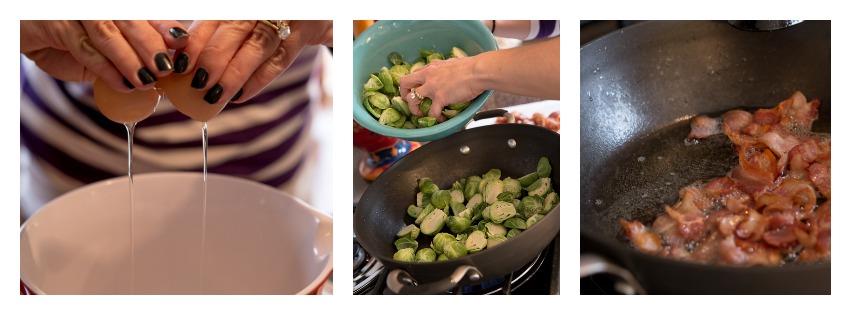
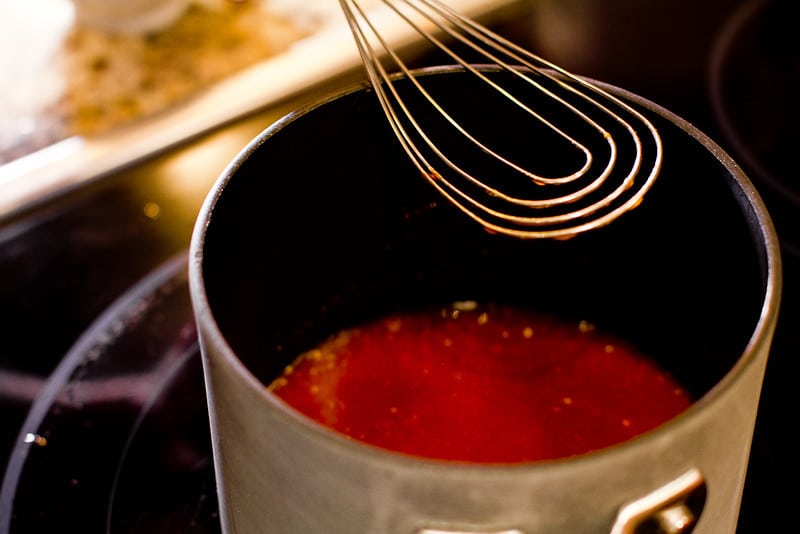
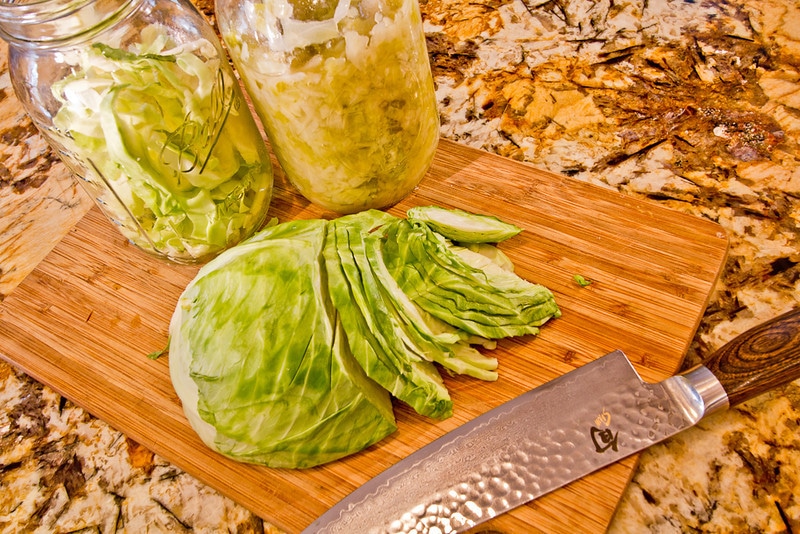
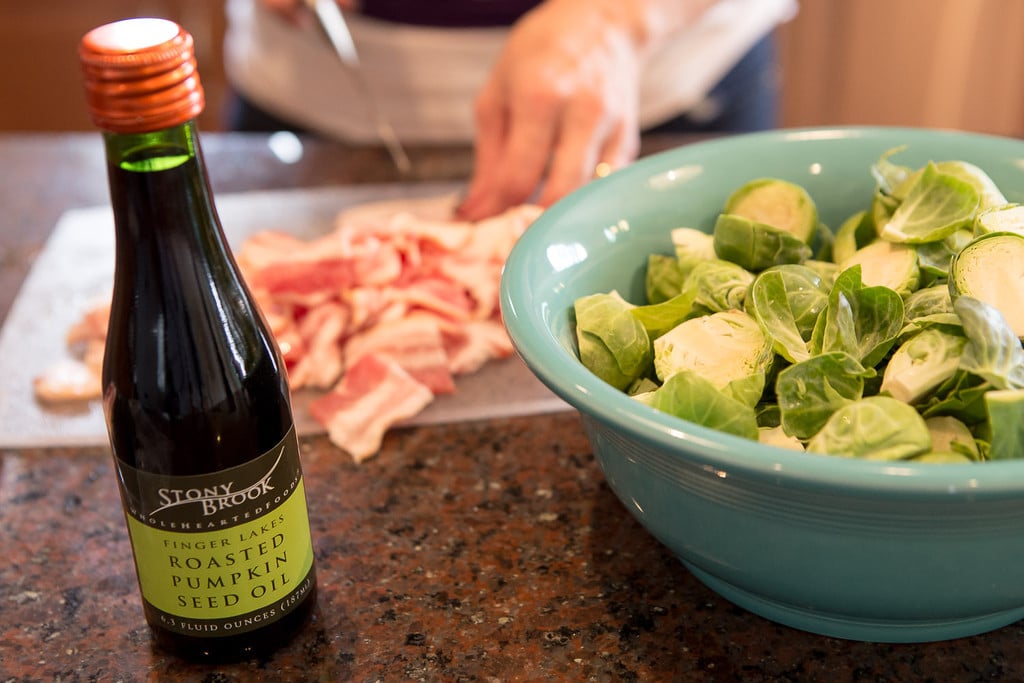



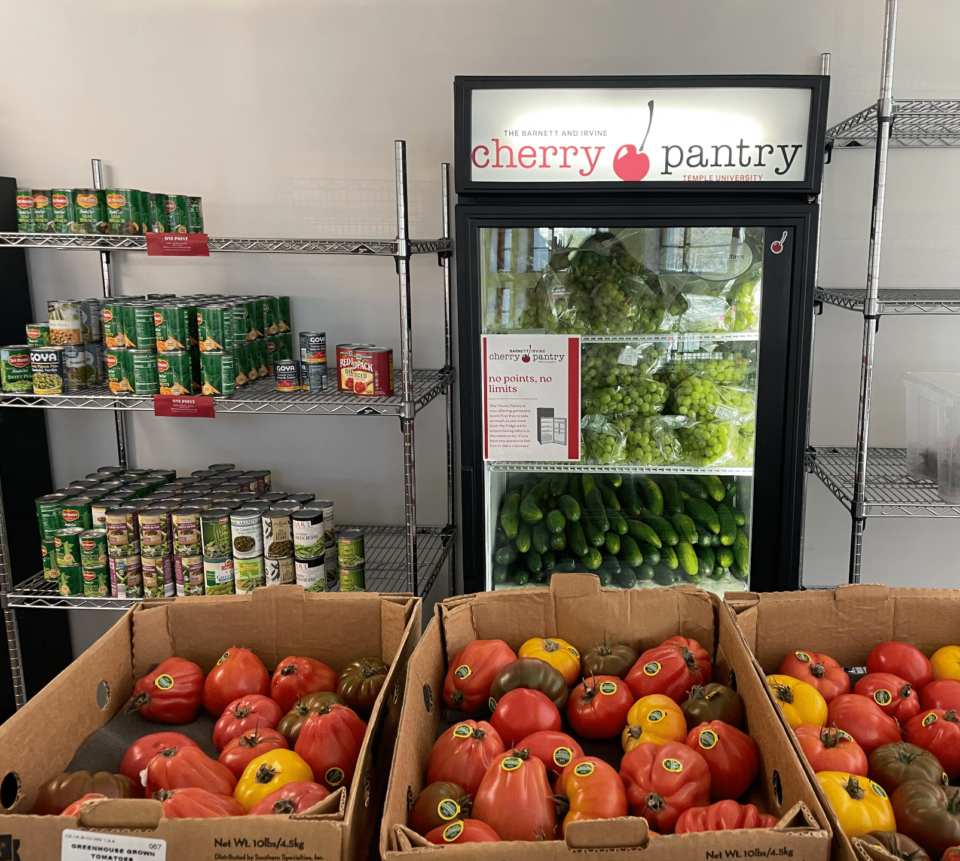

2 Comments